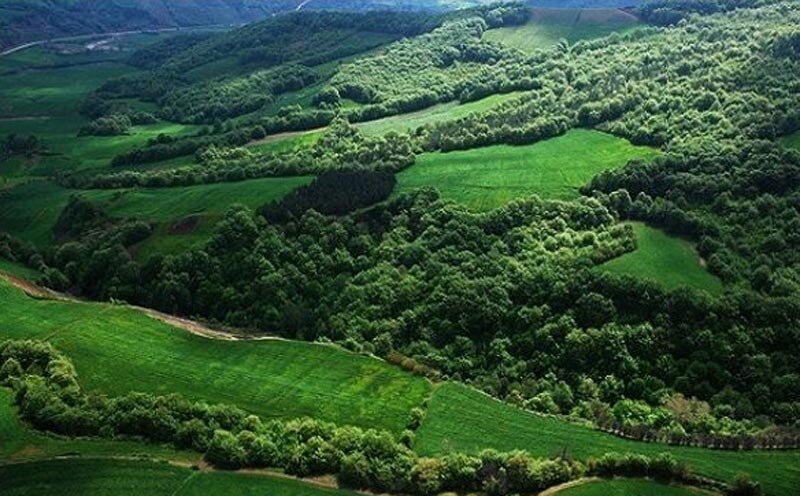Hyrcanian Forests worthy to become tourism hub, official says

TEHRAN – The UNESCO-registered Hyrcanian Forests in the northern province of Gilan hold the potential to become a unique tourism hub of the country, the province’s governor-general has said.
Forests like Hyrcanian Forests with hundreds-year-old trees are unique to the world, therefore it has the potential to become a tourism hotspot, CHTN quoted Asadollah Abbasi as saying on Thursday.
By organizing and managing the coastline, there is also an opportunity to make the maximum use of Gilan’s unique climate to attract tourists, the official added.
Some 53 million travelers arrived in the province during the first half of the current Iranian calendar year (started March 21), while Gilan province recorded 42 million overnight stays during the mentioned time, he noted.
According to these figures, the province has a strong capacity in terms of tourism and cultural heritage, he mentioned.
Earlier this week, the provincial tourism chief Vali Jahani said that the historical capacity of the northern province of Gilan would contribute to the region’s tourism economic prosperity.
A unique resource such as the 3,000 historical monuments scattered throughout the province is a potential source of tourism that could benefit the region’s tourism economy, he added.
Gilan is known for its tourist attractions and warm-hearted and hospitable people. The people of Gilan from different ethnic groups, including Gilak, Talesh, and Tat, have come together and formed a very rich and diverse culture and customs.
The northern region was within the sphere of influence of the successive Achaemenian, Seleucid, Parthian, and Sasanian empires that ruled Iran until the 7th century CE. The subsequent Arab conquest of Iran led to the rise of many local dynasties, and Gilan acquired an independent status that continued until 1567.
Besides, its sophisticated capital city of Rasht has long been a weekend escape for residents of Tehran who are looking to sample the famous local cuisine and hoping for some pluvial action–it's the largest and wettest town in the northern region. Gilan is divided into a coastal plain, including the large delta of Sefid Rud and adjacent parts of the Alborz range.
In July 2019, Hyrcanian Forests (also known as Caspian Forest) was named a UNESCO World Heritage during the 43rd session of the UNESCO World Heritage Committee.
Spanning from the south of Azerbaijan to about 850 km eastward to the provinces of Gilan, Mazandaran and Golestan, the Hyrcanian Forests are witnesses of the ancient forests of the world since they have survived between 35 and 50 million years.
According to UNESCO, these forests are between 25 and 50 million years old. Their surface area was reduced during the Quaternary Period's dramatic climate changes and glaciations and expanded again when the temperatures stabilized.
UNESCO has documented the existence of more than 3,200 vascular plants and 58 species of mammals, including the iconic Persian panther and endangered wild goat.
Due to its isolation, the areas now protected by UNESCO are home to many endangered and endemic plant species at a regional and local level.
According to UNESCO, the forests contain the most significant natural habitats for in situ conservation of biological diversity, including those containing threatened species of outstanding universal value from the perspective of science or conservation. It also contains superlative natural phenomena or areas of exceptional natural beauty and aesthetic importance.
Having an opulent tourist circuit with 26 UNESCO World Heritage sites, Iran seeks to acquire a greater share of the global tourism industry by 2025.
ABU/AM
Leave a Comment